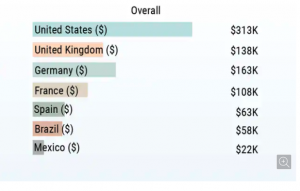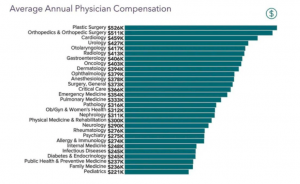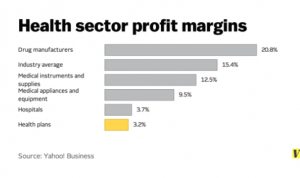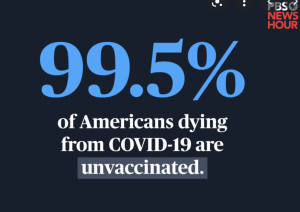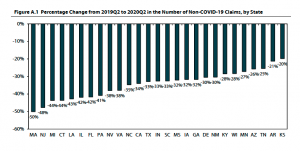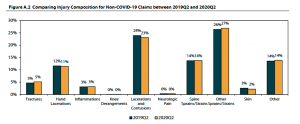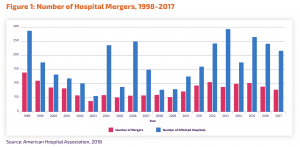WorkCompCentral’s Mark Powell penned an excellent piece on just-released research on tapering long-term opioid patients.
One finding demands our attention; researchers found a statistically significant increase in overdoses and mental health crises in the 12 months after tapering was concluded. On average, these adverse events (science talk for bad stuff) happened 6 months after tapering concluded.
From the JAMA article:
In the current study, tapering was associated with absolute differences in rates of overdose or mental health crisis events of approximately 3 to 4 events per 100 person-years compared with nontapering. These findings suggest that adverse events associated with tapering may be relatively common and support HHS recommendations for more gradual dose reductions when feasible and careful monitoring for withdrawal, substance use, and psychological distress. (emphasis added)
The study included 114,000 patients who had been on stable, higher doses (50+ morphine equivalents) of opioids over an 11-year period. It came on the heels of two chronic pain studies published earlier this year; one addressed opioid treatment for chronic pain and the other was a meta-analysis of 190 studies focused on non-opioid treatment. I wrote about both here.
Tapering is an opioid management approach involving a steady decrease in opioid dosage over a prescribed time. The decreases in dosage and how fast patients were tapered varied significantly among the patient population; patients who were on higher doses before tapering were at increased risk for adverse events.
There were some limitations in the study including; the population was Medicare Advantage and commercially insured; individual patient tapering may have varied after the initial decrease; and the data didn’t indicate if the prescriber or patient initiated the tapering.
A thoughtful and detailed discussion of tapering is here…in part the paper states:
The authors emphasize that any medical action taken should involve as much patient buy-in as possible and should not be driven by rigid opioid dose cutoff s and misinterpreted guidelines. The authors of this paper also support sustaining patients on their existing medication at its existing level if patients are continuing to benefit from use, are not experiencing significant side effects, and express the desire to remain on their current medication as opposed to pursuing a taper. In such cases, the risks of a taper would outweigh the potential benefits.
Regardless, this is a wake-up call to the industry. Yes, workers’ comp – once the addiction creation industry – has made great progress in reducing inappropriate opioid usage and some progress in helping long-term opioid patients reduce or eliminate opioids.
That said, there are a variety of opioid management approaches, and we should be considering – and open to – any and all. Medication-assisted therapy involving methadone or buprenorphine, physical therapy, acupuncture, yoga, and talk therapy are among the approaches that have shown promise.
I’ll end quoting myself from a post back in 2019;
we need to make very sure we are doing the right thing for patients. In some instances this will involve telling patients what they don’t want to hear; we need to be prepared to do that and help them thru the process, while understanding that process is very difficult.
